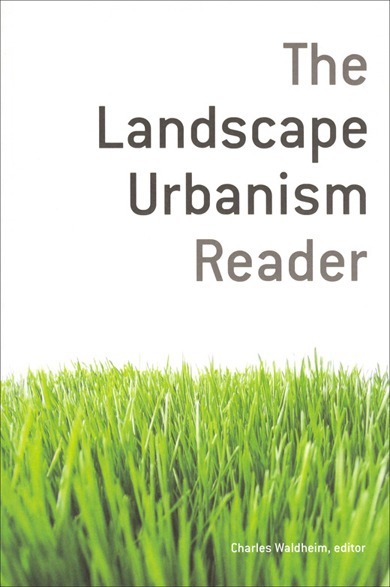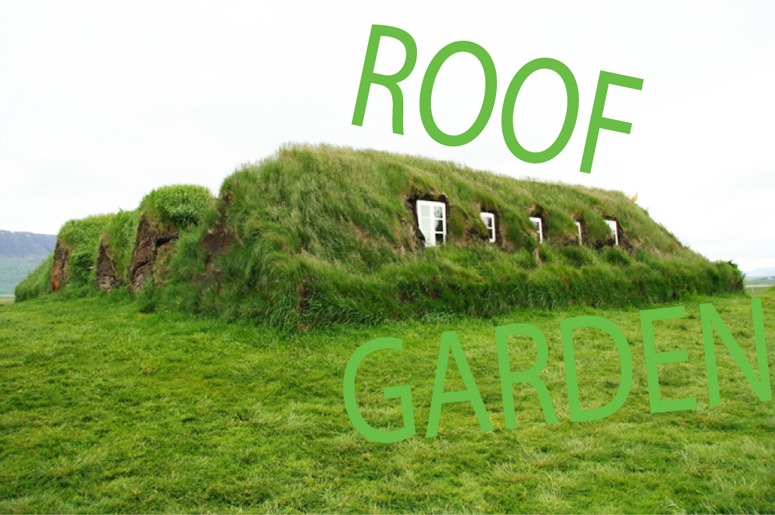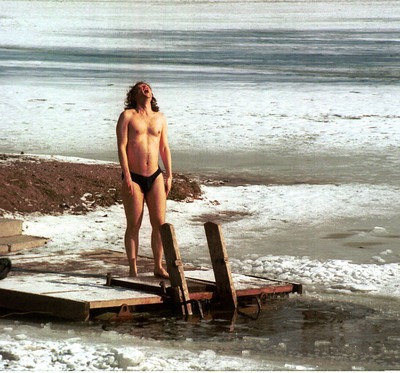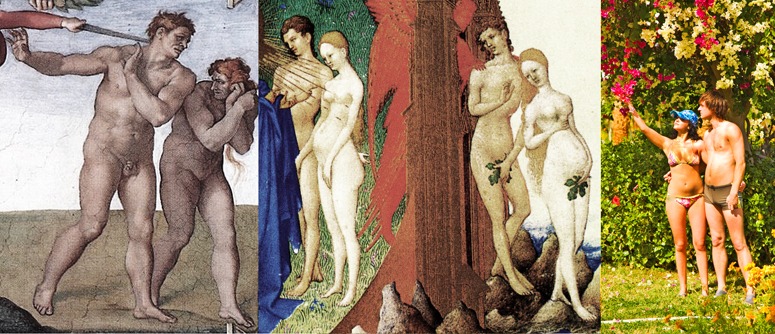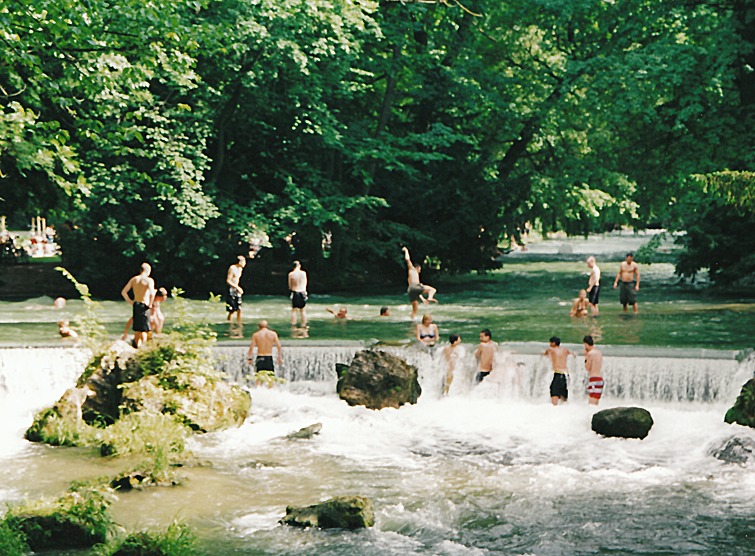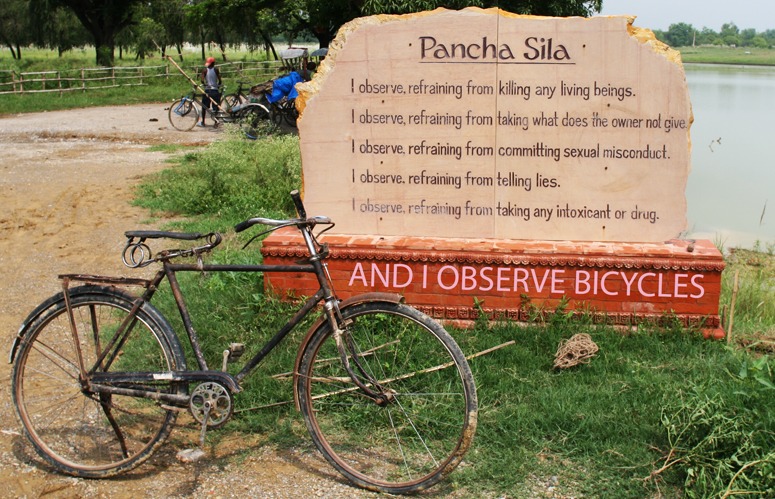[See notes on Urban design and landscape urbanism]
London’s Architectural Association has picked up the term landscape urbanism and come near to draining it of meaning. The programme’s ‘rationale’ states that landscape urbanism is understood as ‘a model of connective, scalar and temporal operations through with the urban is conceived and engaged with: the urban is conceived and engaged with: the urban is diagrammed as a landscape; a complex and processual ecology’. In social science, ‘processual’ means ‘of or relating to a process, especially to the methodological study of processes’. In physics ‘A scalar is a quantity with a magnitude but no direction’. So I would describe the above ‘rationale’ as profoundly vague.
Wikipedia defines landscape urbanism as ‘a theory of urbanism arguing that landscape, rather than architecture, is more capable of organizing the city and enhancing the urban experience’. This definition comes from The landscape urbanism reader edited by Charles Waldheim (Princeton Architectural Press, 2006). Waldheim associates the term landscape urbanism with James Corner’s essay Terra Fluxus. Corner, in turn, associates the term with a conference organized by Waldheim in 1997. But Corner’s essay, unlike the AA statement, is cogent and useful and has a simple underlying message: buildings and landscapes must be considered together, planned together and designed together (my phrasing). They comprise a ‘field’ on which we operate. Corner works with an architect (Stan Alan) and their firm has the name Field Operations. Corner’s essay allows one to understand what the AA means by processual. City planning should rest on an understanding of the ecological and social processes which underpin Ian McHarg’s Design with nature approach. The term Terra Fluxus is therefore a contrast with Terra Firma: the world is not firm – it is a flux (as Heraclitus observed). I commend James Corner for his clarity and abhor the AA’s obfuscation of the term.
For more discussion see Jason King’s landscape + urbanism blog. It is an important debate and I have provisionally added Charles Waldheim’s reader to the list of 100 Best Books on landscape architecture.
See also: the definition of landscape urbanism

